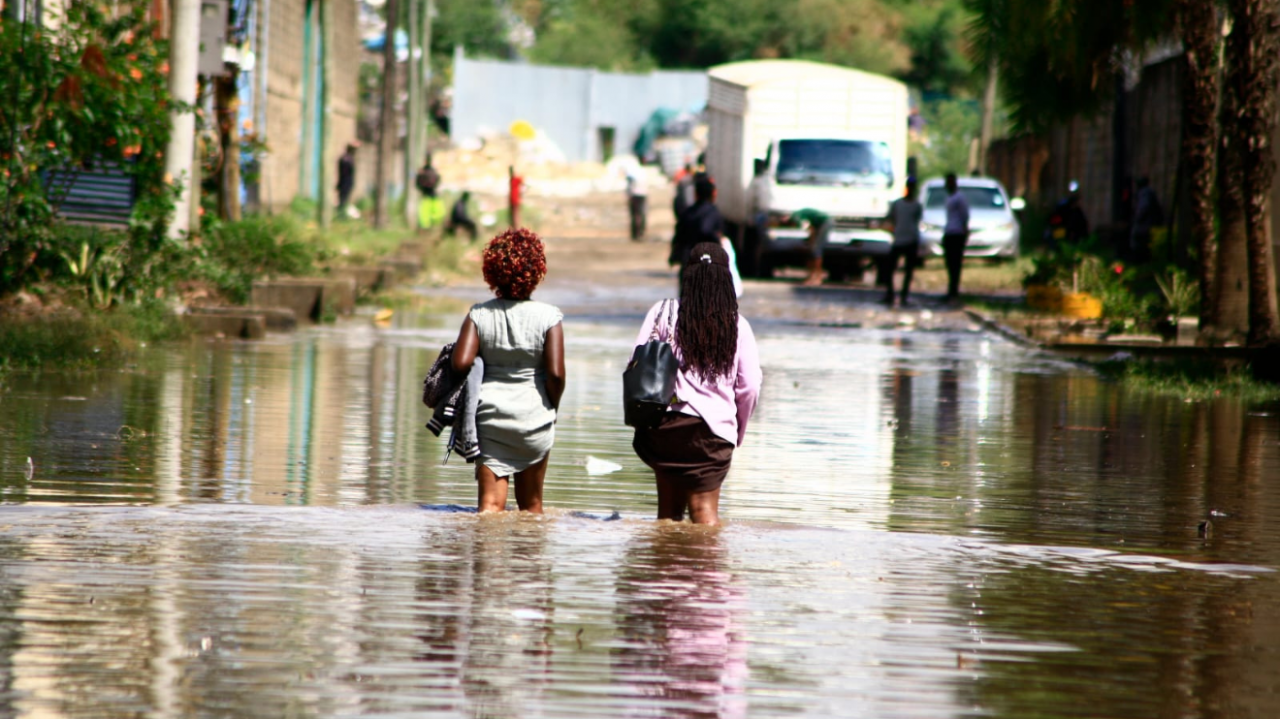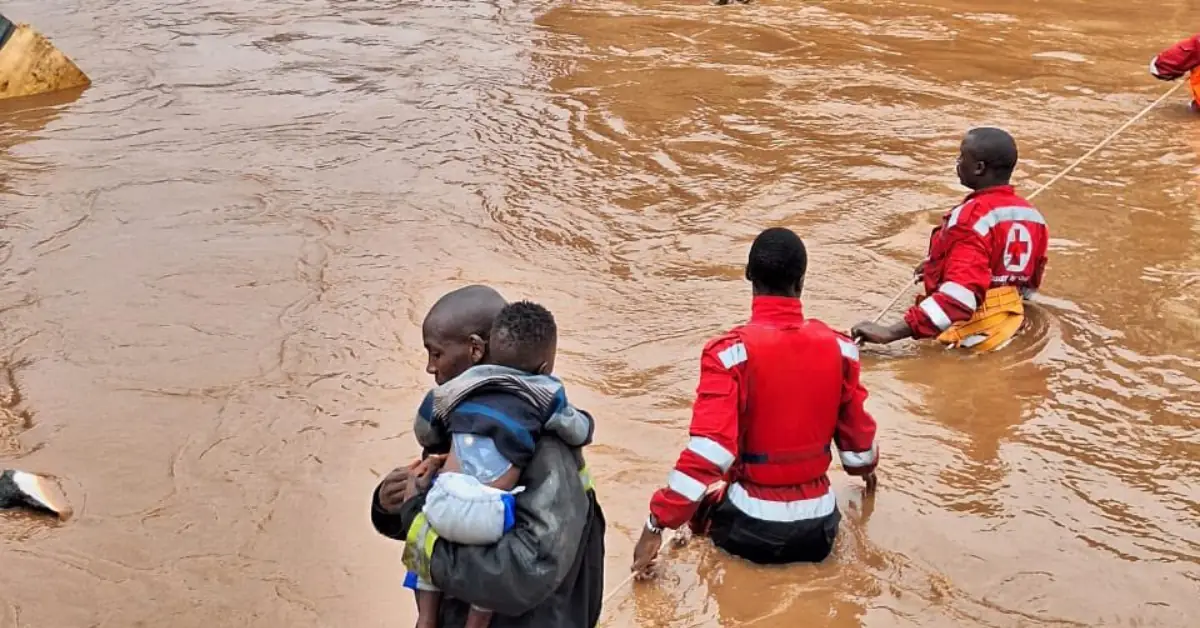
Kenya nairobi flooding – Kenya’s Nairobi, a bustling metropolis, has been grappling with the devastating effects of flooding, a crisis that has left an indelible mark on its people and infrastructure. This comprehensive analysis delves into the causes, impacts, and ongoing efforts to mitigate this urban scourge.
The torrential rains that frequently inundate Nairobi have wreaked havoc, displacing residents, damaging property, and threatening public health. The city’s unique geographical features, coupled with rapid urbanization and inadequate infrastructure, have exacerbated the severity of these floods.
Causes of Flooding in Nairobi
Flooding in Nairobi is a chronic problem that has devastating consequences for the city’s population and infrastructure. The causes of flooding are complex and multifaceted, but can be broadly categorized into three main factors: geographical, urbanization, and infrastructure development.
Geographical Factors
Nairobi is located in a valley surrounded by hills, which makes it prone to flooding during heavy rains. The city’s topography also contributes to flooding, as the low-lying areas are often waterlogged after heavy rainfall.
Urbanization and Infrastructure Development
The rapid urbanization of Nairobi has also contributed to flooding. As the city’s population has grown, so too has the demand for land. This has led to the construction of new buildings and infrastructure in areas that are prone to flooding.
Frequency and Severity of Flooding
Flooding in Nairobi has become more frequent and severe in recent years. According to the Kenya Red Cross Society, there were 10 major floods in Nairobi between 2010 and 2020. These floods caused widespread damage and displacement, and resulted in the loss of lives.
Impacts of Flooding on Nairobi’s Population

Flooding in Nairobi has a devastating impact on the city’s population. The immediate consequences of flooding include displacement, loss of property, and damage to infrastructure.
Displacement
Flooding often forces people to leave their homes and seek shelter in evacuation centers. This can be a traumatic experience, especially for children and the elderly.
Loss of Property
Flooding can also cause significant damage to property. Homes, businesses, and schools are often destroyed or damaged by floodwaters. This can lead to financial losses and disruption to people’s lives.
Damage to Infrastructure
Flooding can also damage infrastructure, such as roads, bridges, and power lines. This can disrupt transportation and communication, and make it difficult for people to access essential services.
Government Response to Flooding
The Kenyan government has taken a number of measures to mitigate flooding in Nairobi. These measures include:
- Construction of dams and reservoirs to control flooding
- Improvement of drainage systems
- Relocation of people living in flood-prone areas
- Public education campaigns on flood prevention
Challenges
Despite these efforts, flooding remains a major problem in Nairobi. The government faces a number of challenges in addressing the issue, including:
- Lack of funding
- Lack of coordination between different government agencies
- Resistance from people living in flood-prone areas
Community-Led Initiatives to Address Flooding

In addition to government efforts, there are a number of community-led initiatives to address flooding in Nairobi. These initiatives include:
- Construction of community-led drainage systems
- Tree planting to reduce erosion
- Public education campaigns on flood prevention
Role of Education and Awareness-Raising, Kenya nairobi flooding
Education and awareness-raising play a critical role in empowering communities to prevent and respond to flooding. By educating people about the causes and consequences of flooding, they can be more proactive in taking steps to protect themselves and their property.
International Collaboration and Support: Kenya Nairobi Flooding
The international community has also played a role in supporting flood relief and prevention in Nairobi. A number of international organizations and agencies are involved in providing financial aid, technical expertise, and capacity building.
Challenges and Opportunities
There are a number of challenges and opportunities for collaboration between local and international actors in addressing flooding in Nairobi. These include:
- Ensuring that international assistance is aligned with local needs and priorities
- Building capacity within local communities to manage flooding
- Fostering partnerships between local and international organizations
Final Thoughts
Addressing Nairobi’s flooding crisis requires a multifaceted approach that encompasses government action, community involvement, and international collaboration. Innovative strategies, such as early warning systems and flood mapping, offer hope for a more resilient city. By working together, stakeholders can create a sustainable future where Nairobi’s residents are protected from the devastating impacts of flooding.
FAQ Compilation
What are the main causes of flooding in Nairobi?
Nairobi’s flooding is primarily caused by a combination of geographical factors, such as its location in a valley, and rapid urbanization leading to poor drainage systems.
How does flooding impact Nairobi’s population?
Flooding in Nairobi has severe consequences, including displacement of residents, damage to property and infrastructure, and increased health risks due to waterborne diseases.
What measures has the Kenyan government taken to address flooding?
The Kenyan government has implemented various measures to mitigate flooding, including constructing drainage systems, relocating informal settlements, and implementing flood warning systems.
How can communities contribute to flood prevention and response?
Community-led initiatives play a crucial role in flood management. These initiatives focus on raising awareness, improving drainage systems, and providing support to affected communities.
What international support is available for flood relief and prevention in Nairobi?
International organizations, such as the World Bank and the United Nations, provide financial aid, technical expertise, and capacity building to support Nairobi’s flood management efforts.





